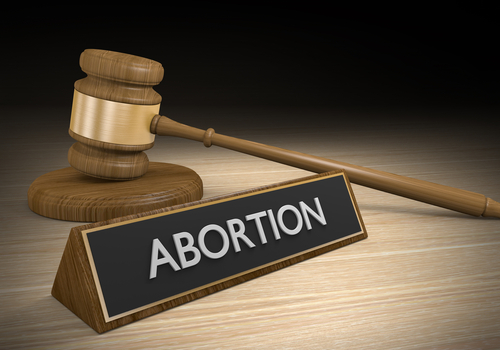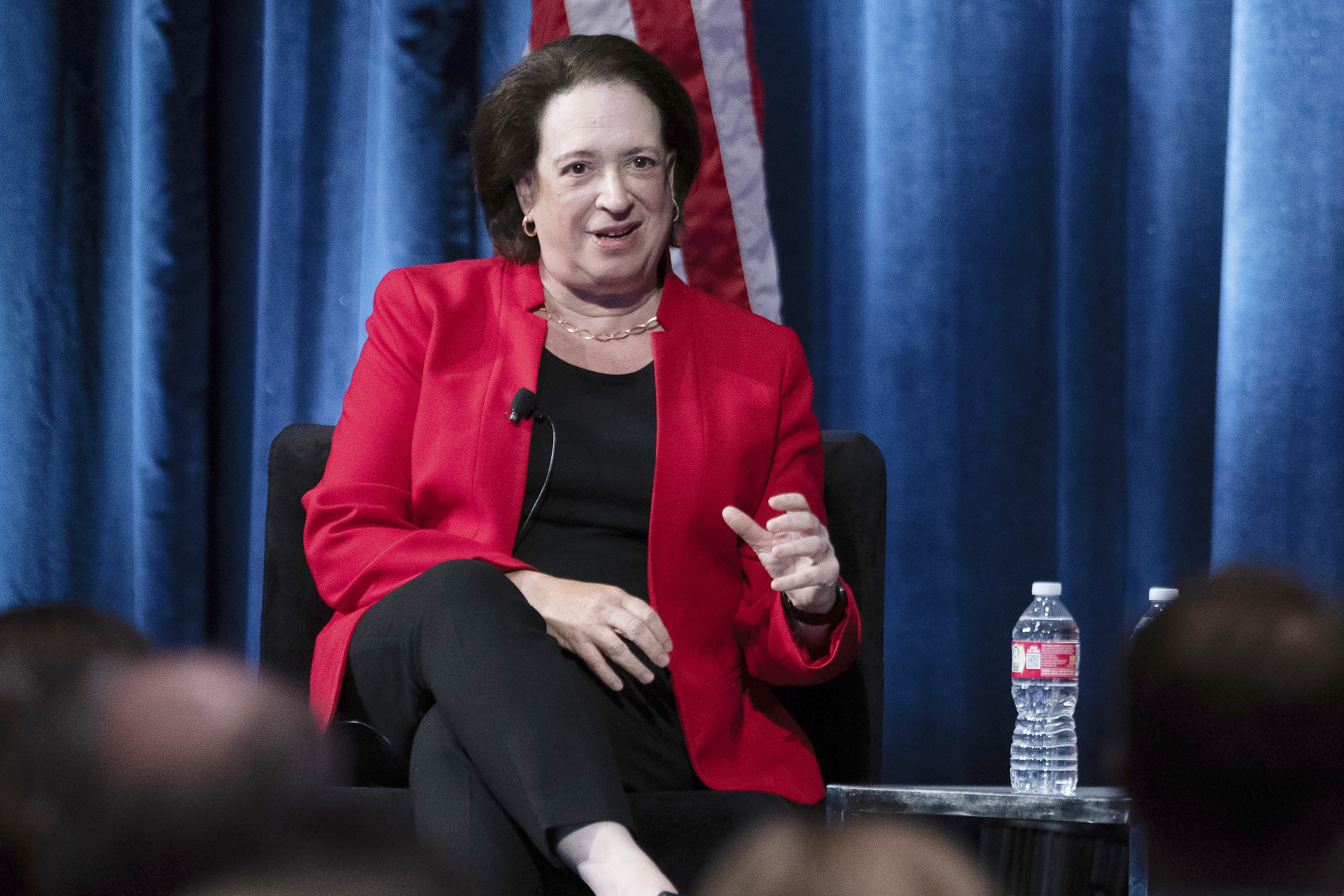What is the potential impact of the abortion case before the Supreme Court?

Image from Shutterstock.
The U.S. Supreme Court’s decision Monday to review Mississippi’s ban on most abortions after 15 weeks of pregnancy has raised hopes and fears that Roe v. Wade will be overturned and its viability standard eliminated.
David S. Cohen, a professor at the Drexel University Thomas R. Kline School of Law, offers what he sees as the most likely explanation for the Supreme Court’s decision to grant cert in Dobbs v. Jackson Women’s Health Organization.
“The justices are aware that they have an anti-abortion majority, and they are going to use that immediately,” Cohen told Law360. “They’re not going to take any chances.”
Roe allows states to ban abortions after viability, when the fetus can live outside the uterus, according to the Washington Post. Many experts put the point of viability at about 24 weeks. Abortions before viability can be regulated, as long as the restrictions don’t impose an undue burden on the right to abortion.
Mississippi had urged the Supreme Court to eliminate the viability standard for evaluating abortion restrictions.
Mississippi said its ban on abortions before viability is justified because a 15-week-old fetus could feel pain, a claim that is subject to debate, according to the Washington Post. Many other states have also cited possible pain to justify bans on abortions after 20 weeks of pregnancy.
The Mississippi law makes exceptions to its abortion ban in the case of a medical emergency or a severe fetal abnormality.
The immediate impact of a ruling for Mississippi and its fetal pain standard could be limited because more than 90% of abortion stake place in the first 13 weeks of pregnancy, the Associated Press reports, citing information from the U.S. Centers for Disease Control and Prevention.
Other states have gone further in advocating a ban on abortions after a fetal heartbeat is detected, which can be as early as six weeks, according to AP.
If Roe is overturned, access to abortion could end in many southern and midwestern states, according to an analysis published by the New York Times.
“If Roe were overturned,” according to the New York Times, “abortion would be likely to quickly become illegal in 22 states. Forty-one percent of women of childbearing age would see the nearest abortion clinic close, and the average distance they would have to travel to reach one would be 279 miles, up from 35 miles now.”
Ten states have passed so-called trigger laws that automatically ban all abortions if Roe is overturned. Twelve more states are considered likely to also ban abortions. According to the Guttmacher Institute, the 10 states with trigger laws are Arkansas, Idaho, Kentucky, Louisiana, Mississippi, Missouri, North Dakota, South Dakota, Tennessee and Utah.
Several other states protect the right to abortion, according to Forbes.
States with laws protecting abortion rights are California, Connecticut, Delaware, Hawaii, Illinois, Maine, Maryland, Nevada, New York, Oregon, Rhode Island, Vermont and Washington. State supreme courts have found a right to abortion protected by the state constitution in Alaska, Florida, Iowa, Kansas, Massachusetts, Minnesota, Montana and New Jersey.
Dobbs v. Jackson Women’s Health Organization will probably be argued in the fall, and the Supreme Court is likely to issue its decision in spring 2022.



